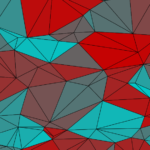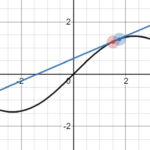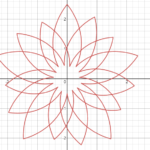
So I broke the streak that I had since 2019 of posting these before the end of the year. I never thought the day would come, but due to the struggles of employment and graduate level study of two difficult disciplines, my Desmos use dramatically decreased in 2023. Naturally, there are still plenty of graphs to choose from. I'm going to exclude graphs from the new Geometry tool, because I made most of them while working as a contractor for Desmos. They're listed here. 2023 saw the release of Bet...
Read More






